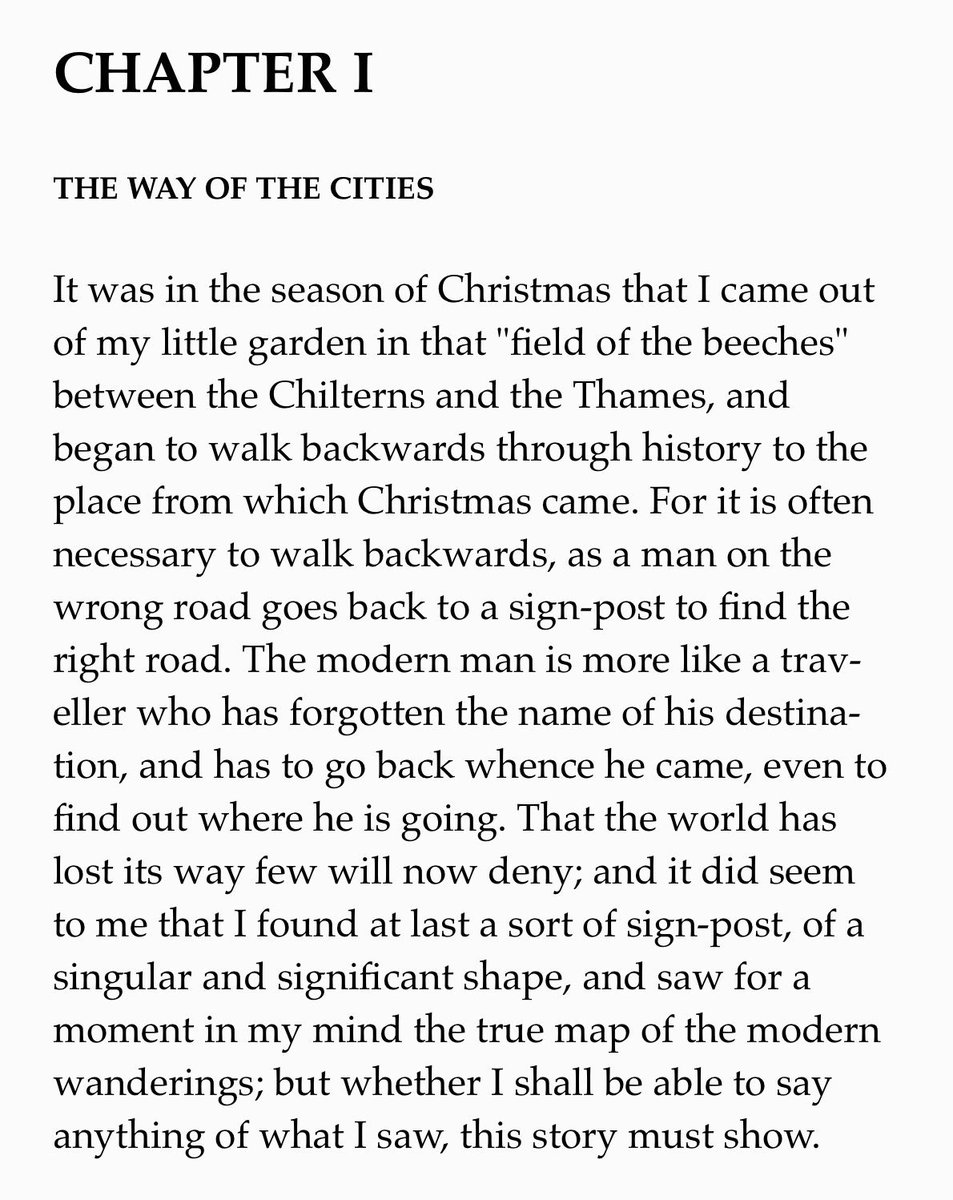First binding is going to be a classic "fine binding" in the style of the golden age of bookbinding: the end of the 18th century. Raised cords, flexible spine, tight boards, full leather binding. (All of these words will be explained.)
Night, crafty Tweeps.





















































































































